What might have been.
In the photograph, a young German officer holds a tattered pair of men’s trousers.
The right trouser leg is in ribbons which extend above the knee.
And the left leg is shorn off on one side.
These are the pants which Adolph Hitler wore to his staff meeting in East Prussia on July 20, 1944, when a bomb placed in a briefcase exploded beneath his conference table.
This day, eighty years ago, was like none other in the twentieth century for raising the question, ‘what might have been.’
This assassination attempt, code named Operation Valkyrie, was led by Claus von Stauffenberg, a 37-year-old colonel in the German army.
"There is nothing left but to kill him," he had told his closest confidants a few days earlier.
Stauffenberg’s plot was one of 42 known attempts on Hitler’s life, and the one which came closest to success.
Participants included Stauffenberg’s brothers and other military officers in the German resistance movement.
Their goal was the overthrow of Hitler’s Third Reich and the establishment of a provisional German government which would seek an armistice to end the war.
Future CIA Director Allen Dulles, who led the Office of Strategic Services branch in Bern, Switzerland, during the war, had contacts with Nazi resistance groups throughout Europe.
Dulles learned of Stauffenberg’s assassination plot in advance through his secret channels, but Allied leadership was dismissive when presented with his reports.

“There was an anti-Nazi underground working in Germany, despite the general impression to the contrary.”
“The attempt of July 20. . . was not an isolated, spontaneous coup, but part of a planned, desperate last effort to destroy the Nazi tyranny. — Dulles, 1947
If Stauffenberg’s plan had succeeded in killing Hitler, the coup plotters intended to call German military leaders across Europe to encourage them to arrest all Nazi officials.
And, initially, Stauffenberg believed he had succeeded.
He had witnessed the explosion and saw that the wooden building containing the conference room had been destroyed.
Stauffenberg had left the site quickly.
And, believing Hitler was dead, he flew to Berlin to begin placing the calls to military leaders to arrest Nazi officials.
But while the blast had killed four people and injured almost everyone present, Hitler had survived, suffering only superficial wounds and a perforated eardrum.
The bomb had been placed beneath a heavy oak conference table and a table leg had shielded him from the blast.
The news of Hitler’s survival reached Stauffenberg hours later in Berlin, when Joseph Goebbels, the Nazi propaganda minister, announced by radio that Hitler had survived an assassination attempt.
Hitler’s survival doomed the coup plotters, who were arrested that evening and executed by firing squad in the courtyard of the Nazi war office in Berlin the next day.
And over the coming months, 7,000 people would be arrested and almost 5,000 would be executed, including 200 alleged conspirators.
German Field Marshall Erwin Rommel was caught up in Hitler’s retribution and forced to commit suicide three months after the failed assassination attempt.
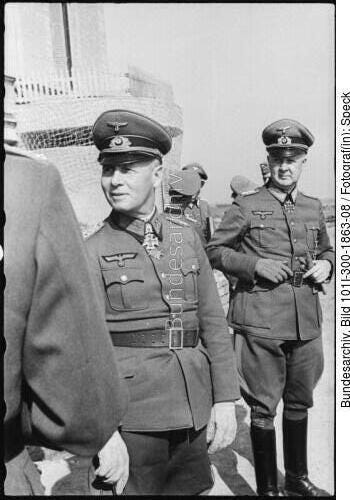

Rommel had grown disillusioned with Hitler years earlier and had made connections with others in the German resistance movement.
Writing in 1942, Rommel said, “I began to realize that Adolf Hitler simply did not want to see the situation as it was, and he reacted emotionally against what his intelligence must have told him was right.”
Although he was not involved in the July 20 bombing, Rommel was aware of Stauffenberg’s plan.
Rommel had connections to some of the coup plotters and his name was mentioned in conspirator confessions and found in their papers.


Rommel, the commander of Germany’s Afrika Korps, was then considered a war hero by the German people.
He chose suicide to avoid a political show trial which would have destroyed his reputation, inevitably concluded with his execution and imperiled his family.
Rommel was given an elaborate state funeral.
This is a ‘what might have been’ story steeped in irony.
Hitler, too, will die by suicide in nine months.
******************************
I’ll see you on Monday.
— Brenda





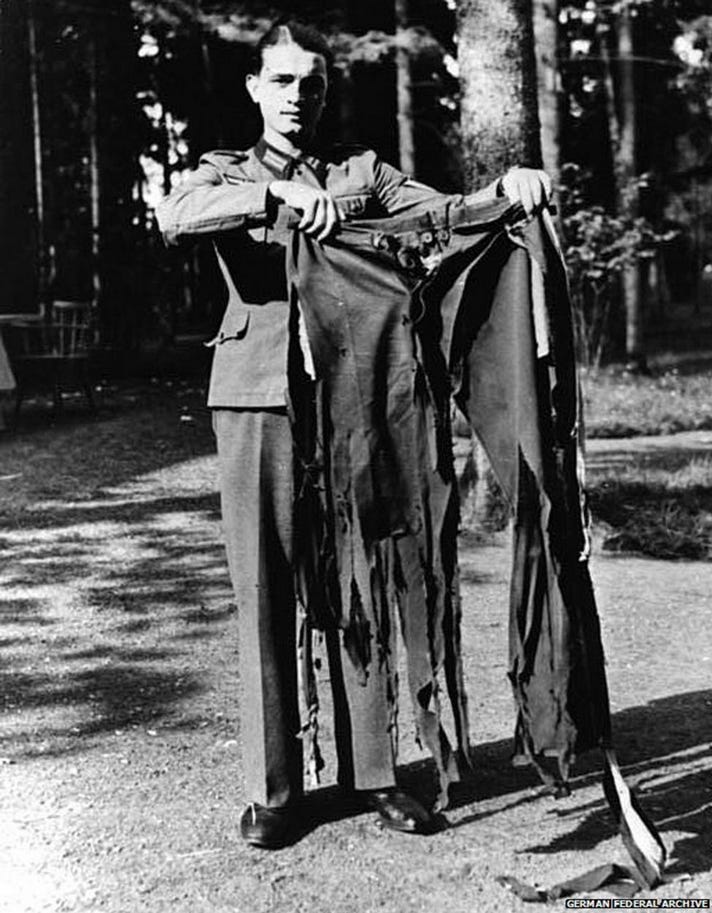

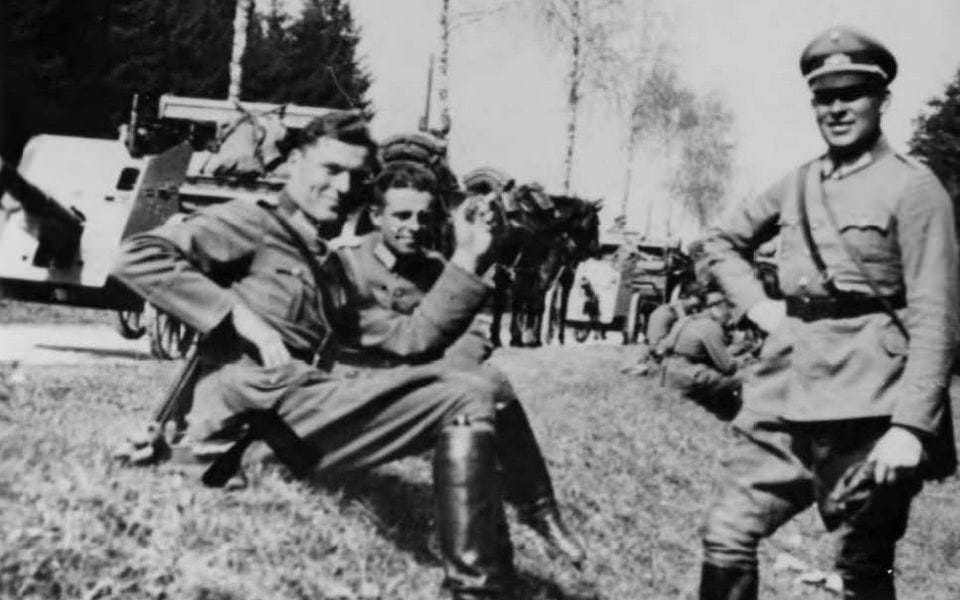
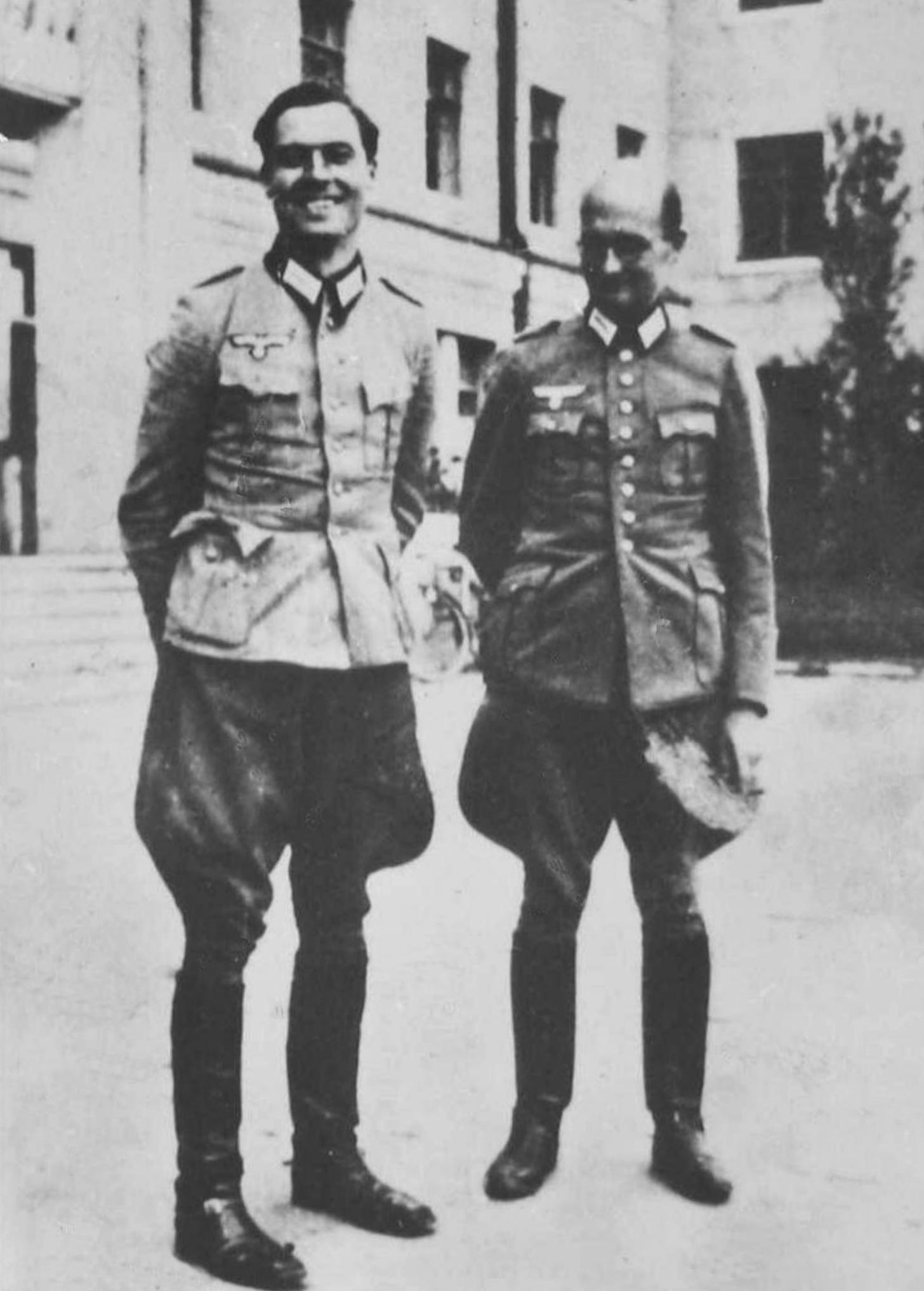
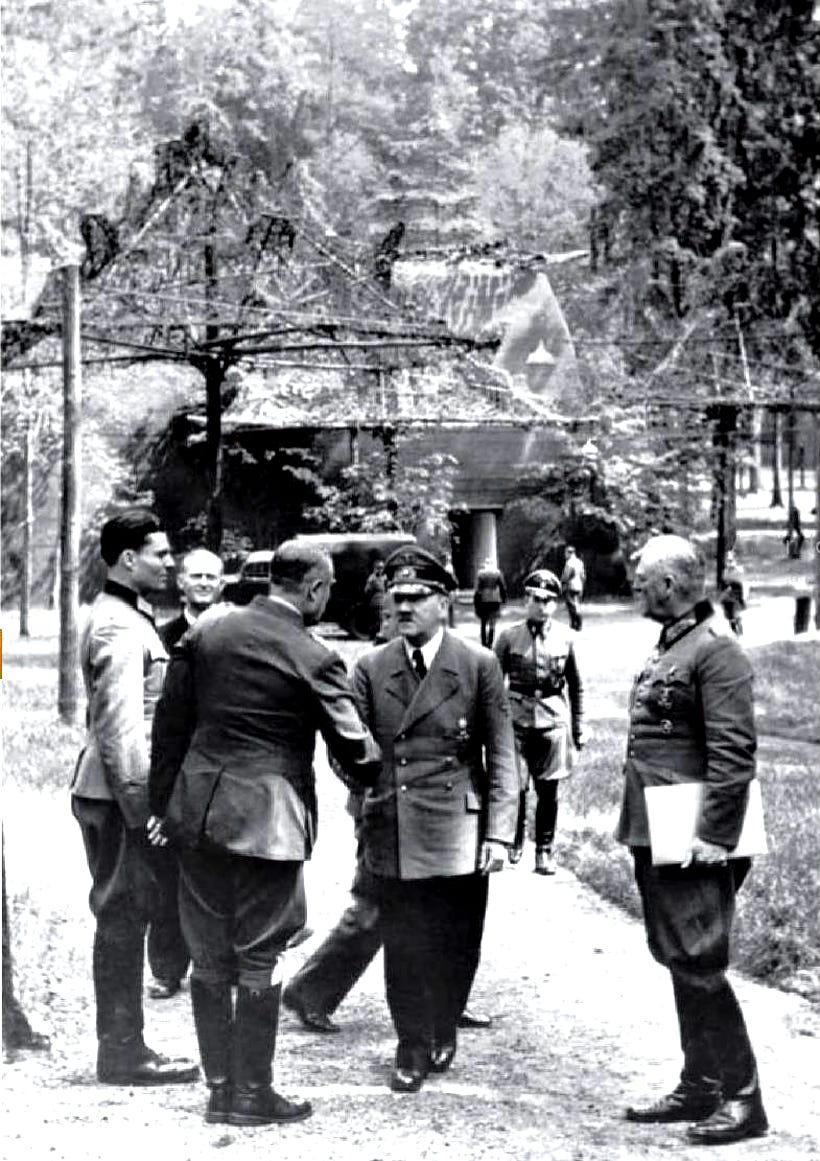

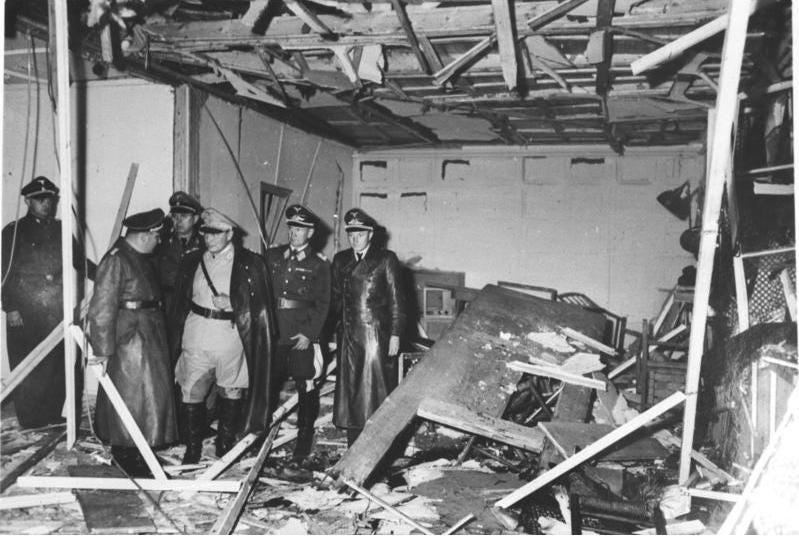
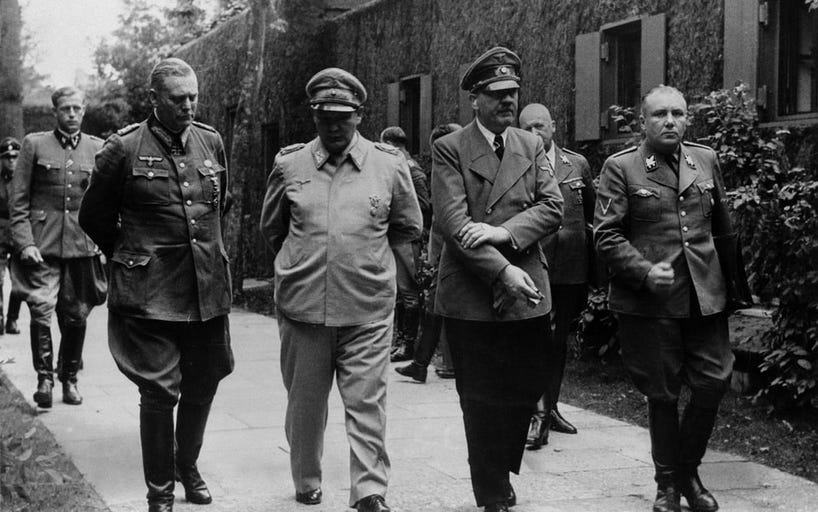

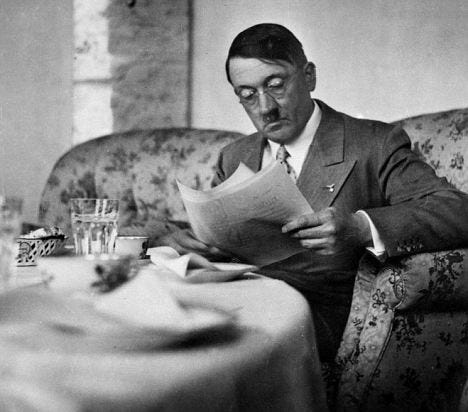









Share this post